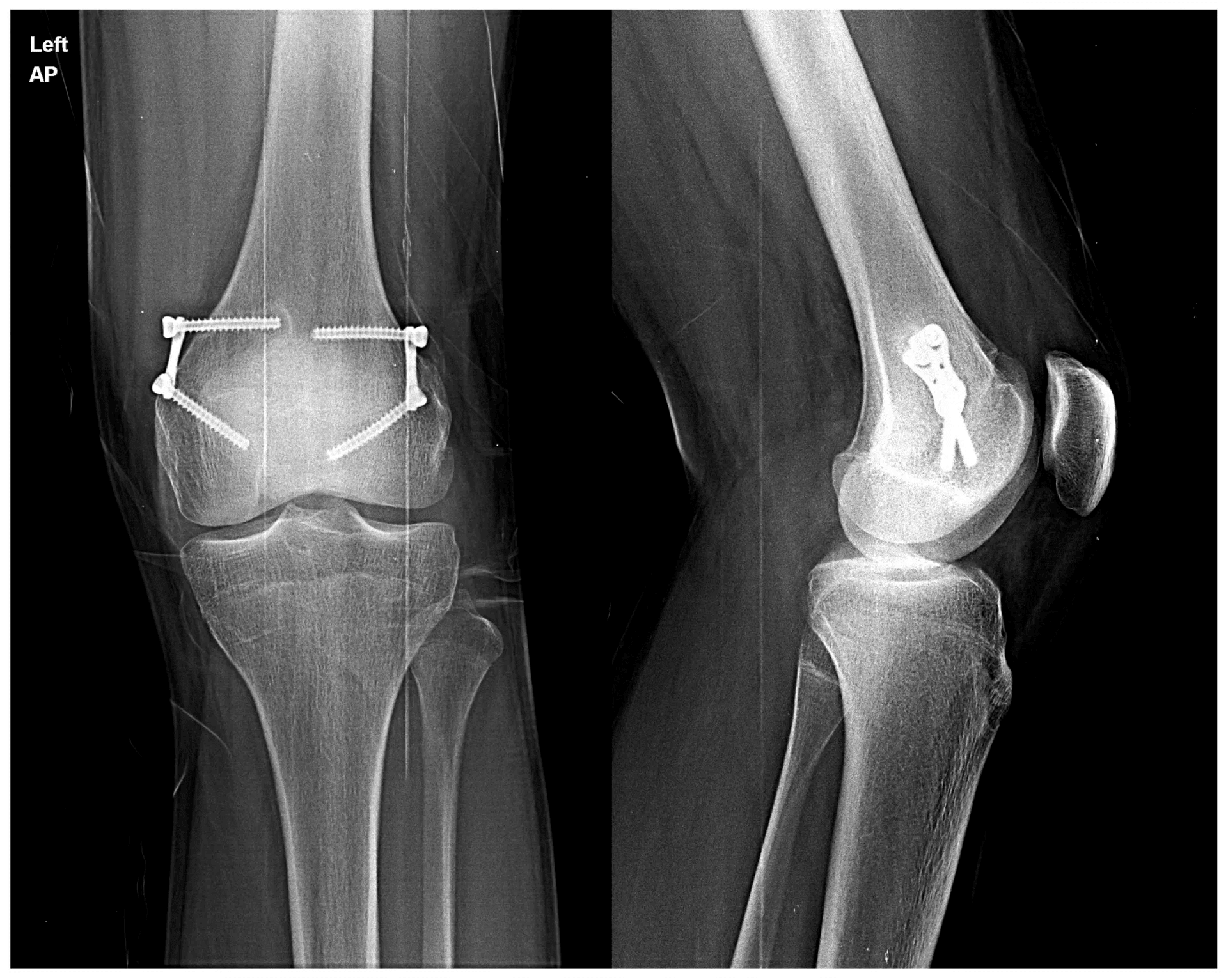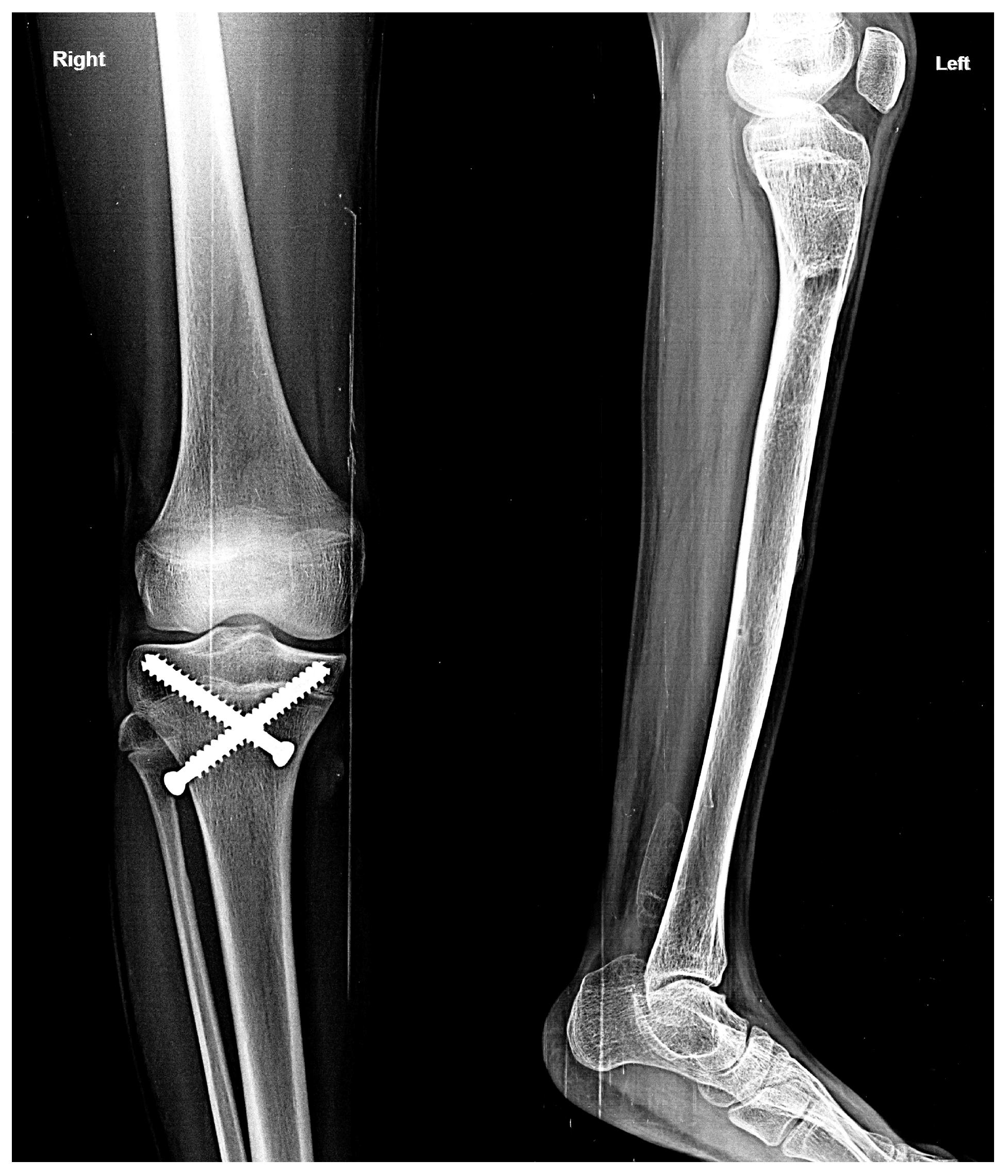Torticollis in Babies – Sign, Symptoms & Treatment
What is Torticollis?
Torticollis means twisted neck, also known as a wry neck and characterized by a lateral tilt of the head & rotation toward the other side of the tilt. It is common in children.
Types of Torticollis :
Torticollis can be congenital or acquired. For example, in congenital torticollis, it can be congenital muscular torticollis & congenital muscular torticollis.
What are the Causes of Torticollis :
Congenital causes:
• Postural
• Sternomastoid contracture
• Congenital bony abnormalities of the upper cervical spine
• Shortened neck
• Klippel-Feil syndrome, a rare congenital disability that causes a few neck vertebrae to fuse
• Achondroplasia, dwarfism
• Multiple epiphyseal dysplasias,
• Morquio syndrome, an inherited metabolic disorder
Acquired causes:
• Mild viral infection
• Lymphadenopathy
• Minor trauma to head & neck
• Gastroesophageal reflux (GERD)
• Respiratory & soft-tissue infections of neck
• Abnormalities in the cervical spine
• Vision problems
• Dystonic posture
• I Inflammatory disorder of the cervical spine
What Parents should know about the disease :
If a child has this twisting/ tilting of the neck since birth, then should show the child to a pediatric orthopedic surgeon for expert opinion. It may resolve spontaneously or need massage and exercise, but it is a matter of concern if it is present in older age children and came acutely. We need to see the child for the possible cause of this. Because in older children, if it happens, it may be due to infection, inflammation, or trauma in the neck then need immediate attention.
What is the Sign & Symptoms of Torticollis :
Sign & symptoms in congenital & acquired ones are different.
Congenital variety :
If a child has the posture torticollis, then the child will have mild tilting of the neck toward the other side but will resolve it in 2 weeks.
In a child with congenital muscular torticollis, a child will have a limited range of motion in the head and neck, the head will be tilt to one side while the chin tilts to the other. In addition, a small, pea-sized lump (or “pseudotumor”) is sometimes found on the sternocleidomastoid (SCM) muscle, Asymmetries of the head and face, indicating plagiocephaly, may also be present.
In acquired variety, depending upon the cause of torticollis, symptoms will be there. For example, in cervical spine deformity, except for tilt, no pain will be there, but in other reasons, the child will have pain full-twisting of the neck, restriction of neck movement, along with other associated symptoms.
How to diagnose :
Diagnosis of torticollis is based on clinical evaluation. Sometimes a child needs an x-ray & ultrasound of the neck to identify the cause.
Available Treatment for Torticollis :
Treatment is based on the exact cause of torticollis. In congenital postural variety, only massage, proper position of infant, and heat application helps. In congenital muscular torticollis massage, heat application, and stretching exercise at an early age helps a lot to correct the neck tilt. Once it becomes fixed, the child needs surgery to lengthen the sternomastoid muscle. This surgery gives a dramatic response to this problem. If it is being done between 3-5 years, then facial asymmetry is very low. In acquired torticollis, treatment is based on the exact cause of torticollis. If it is inflammatory or infective, then rest along with medicine to treat these causes are required. Parents need to consult a pediatrician or pediatric orthopedic surgeon.
Exercises for Torticollis/
Physical Therapies:
Exercise and massage help a lot in postural congenital torticollis & congenital muscular torticollis. Stretching exercise needed. Child to sleep inside lateral on the opposite side. Gentle stretching of the muscle of the affected side with rotation and twisting. Mild heat application also helps. This measure helps only in early cases of congenital muscular torticollis.
Surgical Options:
Surgery is required only for congenital muscular torticollis. Initially, treatment is massage and exercise, but if not relieved and persist, then surgery is being done. Usually, surgery is being advised after the age of 1 year. In surgery, we prefer to do z lengthening of sternal head & release of the clavicular head by transverse skin incision, so the scar is more minor and cosmetic look is better. In addition, bipolar release is required if the contracture is severe and not relieved by distal release.


Frequently Asked Questions
What is the common sign of Torticollias?
Head tilt in one direction or trouble moving head is a sign of torticollis.
Does infant Torticollis go away?
Yes, infant Torticollis is a treatable condition and it can go away.
What are the stretching techniques for Torticollis?
Side bending, head rotation & playing on the stomach are some of the stretching techniques for Torticollis.
Reviewed and Submitted by Dr. Jitendra Kumar Jain
Last updated on August 24, 2021
Dr.Jitendra Jain, MD and DNB (Orthopedics), president at Trishla Foundation, an NGO for treatment of cerebral palsy, and a Consultant Pediatric Orthopedic Surgeon & Cerebral Palsy Specialist at Trishla Orthopedic Clinic & Rehab Center.
Dr. J. K. Jain is a member of the general council at Dr. SMN university of rehabilitation, Lucknow, a member of the advisory board chief commissioner for PWD, Govt. of India (New Delhi), a member of the state disability research committee (U.P.), and a member of the committee of RCI, New Delhi. He has been awarded many awards, including the Dr.Bhagawan das memorial award, the spirit of humanity award, and the state govt. award for his services towards PWD, etc. Times of India has posted his work many times and mentioned him as one of the best doctors in the field of Pediatric Orthopedics. He helped many children recovering from cerebral palsy, just like comedian jay Chanikara, who is now able to stand and walk without any support, Abena, a Ghana girl with cerebral palsy, and many more. He also organized the National Wheelchair cricket tournament and created World’s first cerebral palsy village foundation in Prayagraj. He successfully treated 10,000+ children with various kinds of orthopedic disability, conducted 160+ free assessment camps, and produced a documentary film on cerebral palsy.
Walk in Appointments Available Daily
You can make an appointment online for video tale-consultation by fixing up an appointment at this website or you can visit the clinic to make an appointment in person and show to doctor with the care of social distancing at the given time.
Contact us
Call Us
0532-2468989
+ 91 9415014994
+ 91 8577873545
+ 91 9455001645
Email Us
totrishlaortho@gmail.com
Our Location
Dr. Jitendra Kumar Jain
Trishla Orthopedic Clinic & Rehab center, 182C / 350A, Tagore Town, Prayagraj (Allahabad) U.P-211002, India
